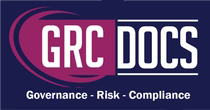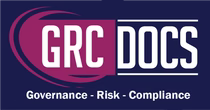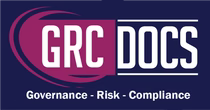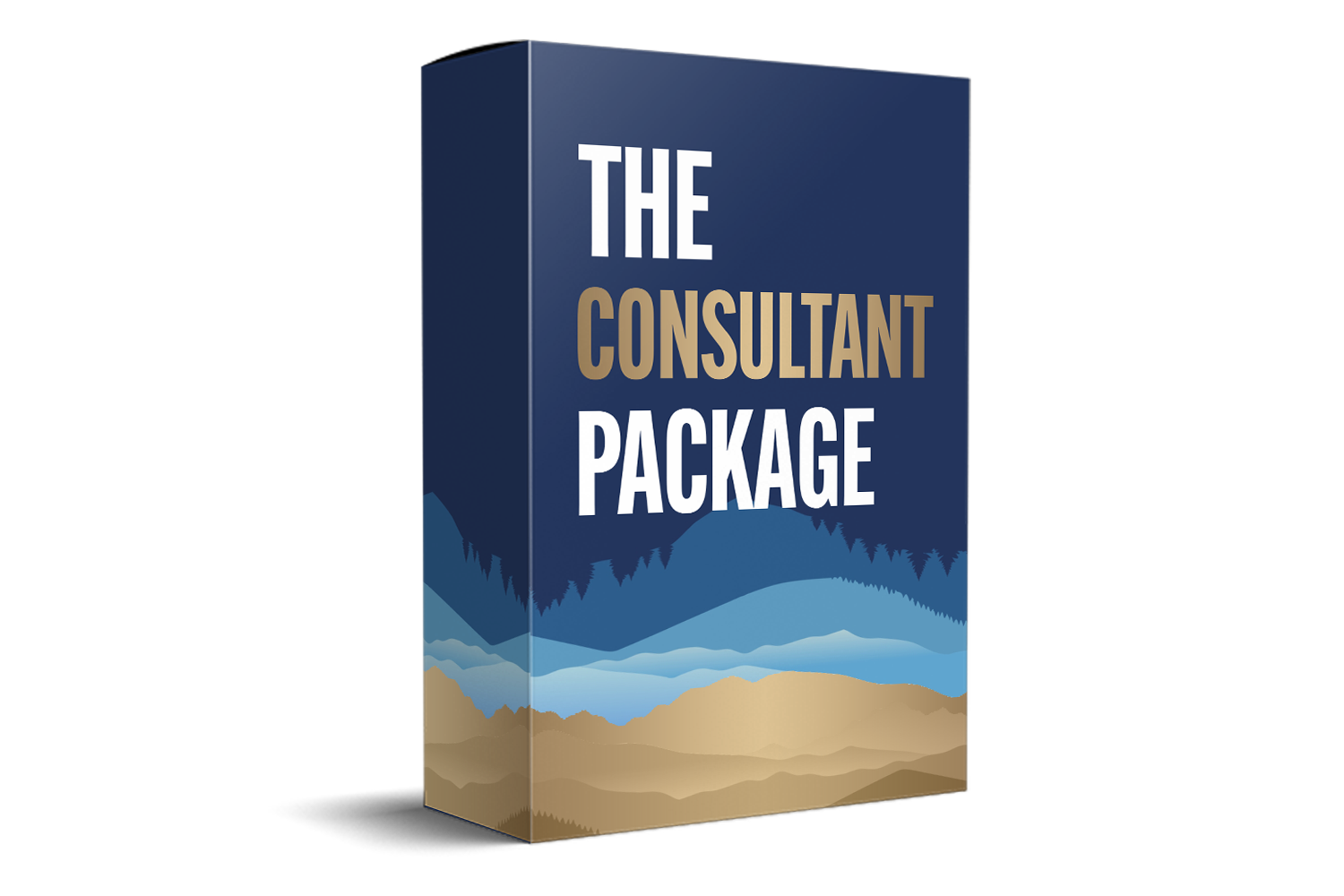SOC 2 Continuous Monitoring Platform: Maintain Ongoing Compliance
Introduction
Before diving into the specifics of continuous monitoring, it's important to understand what SOC 2 is and why it matters. SOC 2 is a framework created by the American Institute of CPAs (AICPA) to help organizations ensure they are managing customer data securely. Unlike SOC 1, which focuses on financial reporting, SOC 2 centers around the controls relevant to operations and compliance. This framework is crucial as it provides a structured approach to managing data security, which is vital in today’s threat-laden digital environment. SOC 2 compliance is increasingly becoming a benchmark for trust in various industries. Businesses that adhere to SOC 2 standards demonstrate a commitment to maintaining robust data protection practices. This compliance not only helps in protecting sensitive information but also gives businesses a competitive edge by showcasing their dedication to safeguarding customer data. As cyber threats become more sophisticated, having a clear understanding of SOC 2's importance is essential for any organization that handles customer information.

The Five Trust Service Criteria
SOC 2 is built on five trust service criteria:
-
Security: Protecting data against unauthorized access. This includes implementing strong access controls and encryption to prevent breaches.
-
Availability: Ensuring the system is available for operation and use. This involves maintaining system uptime and having redundancy plans to handle outages.
-
Processing Integrity: Ensuring data processing is complete, valid, accurate, and timely. This means having checks in place to validate the accuracy and integrity of data transactions.
-
Confidentiality: Protecting sensitive information. Organizations must ensure that data is only accessible to those who need it and is protected from unauthorized disclosure.
-
Privacy: Managing personal information in accordance with privacy policies. This involves adhering to data privacy regulations and ensuring individuals' data is handled responsibly.
Each of these criteria plays a vital role in maintaining a secure data environment. By focusing on these areas, businesses can build a comprehensive security strategy that not only meets regulatory requirements but also enhances overall trust with clients and stakeholders.
The Role Of Continuous Monitoring
Continuous monitoring is a critical aspect of maintaining SOC 2 compliance. It involves regularly checking and managing the security controls in place to protect data. This proactive approach helps identify and mitigate risks before they can become a threat. Continuous monitoring serves as the backbone of a dynamic security strategy, enabling organizations to respond swiftly to any security incidents that may arise.
Why Continuous Monitoring?
Continuous monitoring is essential because it:
-
Identifies Risks Early: By constantly checking the system, potential vulnerabilities can be identified and addressed quickly. This early detection is crucial in preventing data breaches and minimizing damage.
-
Ensures Compliance: Regular monitoring ensures that the organization remains compliant with SOC 2 standards. Compliance is not a one-time achievement but an ongoing process, and continuous monitoring helps maintain this status.
-
Improves Security Posture: Continuous assessment and improvement of security measures strengthen the overall security framework. By staying vigilant, organizations can ensure their security measures evolve alongside emerging threats.
Furthermore, continuous monitoring facilitates better decision-making by providing real-time insights into the security landscape. This data-driven approach allows organizations to prioritize security investments and focus on the most critical areas for improvement.
Implementing A SOC 2 Continuous Monitoring Platform
Implementing a SOC 2 continuous monitoring platform involves several steps. Here's how businesses can effectively establish this system:
1. Define Objectives and Scope: Start by clearly defining the objectives of the monitoring platform. Determine what needs to be monitored and the frequency of these checks. This could include network security, access controls, and incident response plans. Clearly defined objectives provide a roadmap for implementation and ensure that all critical areas are covered.
Additionally, understanding the scope helps in identifying the key assets and processes that require monitoring. This enables organizations to allocate resources effectively and focus on areas that have the highest impact on security and compliance.
2. Choose the Right Tools: Selecting the right tools is crucial. There are various tools available that can automate the monitoring process, alerting you to potential risks in real-time. Look for tools that offer comprehensive coverage of your IT infrastructure. The right tools can significantly reduce the complexity and manual effort involved in monitoring, allowing for more efficient management of security controls.
Furthermore, consider tools that integrate seamlessly with existing systems. This integration can streamline operations and ensure that monitoring efforts are well-coordinated across the organization, enhancing the overall effectiveness of the platform.
3. Establish Monitoring Policies: Develop policies that outline how monitoring will be conducted. This includes defining roles and responsibilities, setting up alert thresholds, and establishing response protocols for identified risks. Clear policies ensure that everyone involved understands their role in maintaining SOC 2 compliance, which helps in fostering a culture of security awareness.
Moreover, these policies should be reviewed and updated regularly to adapt to changing security landscapes and organizational needs. This ongoing refinement ensures that monitoring activities remain relevant and effective in addressing emerging threats and compliance requirements.
4. Continuous Training and Awareness: Ensure that your team is well-trained on SOC 2 requirements and the importance of continuous monitoring. Regular training sessions can help keep everyone informed about the latest threats and best practices. Training is not just about compliance; it is about empowering employees with the knowledge and skills necessary to protect the organization’s data proactively.
Additionally, fostering a culture of security awareness encourages employees to be vigilant and proactive in identifying and reporting potential security issues. This collective effort strengthens the organization's overall security posture and contributes to its resilience against cyber threats.
Benefits Of A Continuous Monitoring Platform
A robust continuous monitoring platform offers several benefits:
-
Enhanced Risk Management: By identifying threats early, businesses can take action to mitigate them, reducing the overall risk. Early intervention prevents minor issues from escalating into major incidents.
-
Improved Data Security: Regular monitoring helps ensure that data security measures are effective and up to date. This ongoing assessment allows for timely updates and patches, maintaining a strong defense against potential breaches.
-
Operational Efficiency: Automated monitoring reduces the need for manual checks, freeing up resources for other critical tasks. This efficiency enables organizations to focus on strategic initiatives rather than being bogged down by routine security checks.
-
Trust and Reputation: Maintaining SOC 2 compliance enhances customer trust and strengthens the organization's reputation. A reputation for strong security practices can differentiate a business in a competitive market, attracting more clients who value data protection.
Moreover, a continuous monitoring platform provides valuable insights that can guide strategic planning. By understanding the security landscape and organizational vulnerabilities, businesses can make informed decisions that support long-term growth and stability.
Challenges And Considerations
While a continuous monitoring platform offers numerous benefits, there are challenges to consider:
1. Cost: Implementing and maintaining a monitoring platform can be costly. It's important to balance the investment with the potential risks of non-compliance and data breaches. Organizations must evaluate the cost against the potential financial and reputational damage of a security incident to justify the investment.
Additionally, exploring scalable solutions can help manage costs. By choosing platforms that grow with the organization, businesses can ensure they are not overextending financially while still maintaining robust security measures.
2. Complexity: The complexity of setting up a continuous monitoring system can be daunting, especially for small businesses. It's essential to have a clear plan and possibly seek expert guidance. Engaging with experienced consultants can provide valuable insights and facilitate a smoother implementation process.
Moreover, breaking down the project into manageable phases can help mitigate complexity. By tackling the most critical areas first, organizations can gradually build a comprehensive monitoring system without becoming overwhelmed.
3. Keeping Up with Changes: The digital landscape is constantly evolving, and so are the threats. Continuous monitoring systems need to adapt to new challenges and technologies. Staying informed about the latest trends and threats is essential to ensure that monitoring efforts are effective.
Furthermore, organizations should consider investing in technology that supports automatic updates and adaptability. This ensures that their monitoring platform remains relevant and capable of handling new threats as they emerge.
Conclusion
In conclusion, a SOC 2 continuous monitoring platform is an indispensable tool for businesses aiming to protect customer data and ensure compliance with SOC 2 standards. By continuously assessing and managing security controls, organizations can effectively mitigate risks, safeguard their data, and maintain trust with their clients. As the digital world continues to evolve, staying ahead with a proactive approach to data security is not just beneficial—it's essential.






